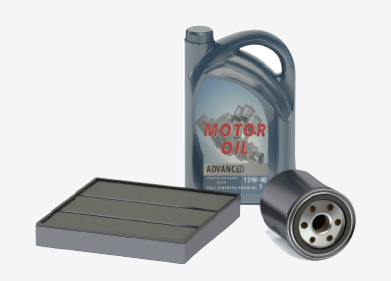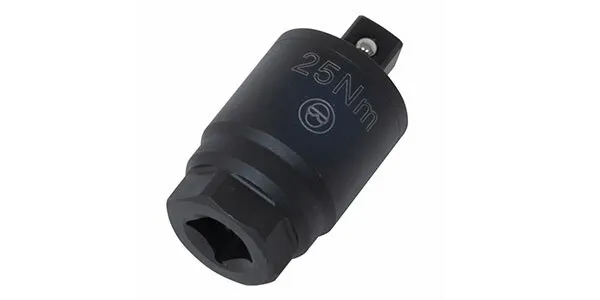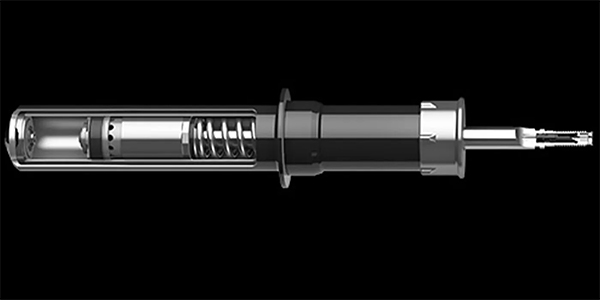When it comes to motor oil, some customers can be fiercely loyal to a particular brand. Others have thoroughly researched their owner’s manual, or even online forums, in order to determine the best oil for their vehicle. Others simply want a quart of the least expensive lubricant available, so they can make it home from work today.
When dealing with any of these types of customers, the name of the game is having their specified oil in stock, at a competitive price. But when requested, a parts specialist also needs to be prepared to help their customers navigate through the sea of specifications, standards and even mass-marketing to recommend a motor oil that meets all the requirements of their specific vehicle. With the trend toward increasingly specific oil recommendations, it is hard for even our professional installer customers to keep ahead of the changes.
Quite often, we are asked to supply the oils that fall outside the limits of the “bulk generic” lubricants that many shops use for their oil change bays on a daily basis. Maybe it’s at their customer’s request, or maybe they just “have a feeling” that their usual oil isn’t going to cut it for the late-model European car that just rolled into the shop. That’s when they call us, with the somewhat vague request of “I need a good oil filter, and whatever it takes for oil, send me enough to do this job.”
Thankfully, most of our electronic catalogs give us basic recommendations for viscosity and fill amounts, giving us a place to start. More frequently, we are seeing additional footnotes that warn us to use a lubricant meeting a specific OEM standard. These are not simply marketing strategies to bring service back to the dealership, or to sell more expensive lubricants.
These specs are in place to ensure the oil not only protects the engine components against wear and damage, but many also contribute to fuel efficiency and even help reduce pollution. Once the proper specification has been determined, our next step is to match it to an oil that we have on the shelf. While most oil distributors highlight a few common compatible specifications on their labels, keep in mind that this list is by no means always complete, or up to date. Licensing and testing of lubricants for quality standards and compatibility with the newest specifications is an ongoing process, so some of the oils you already stock may meet criteria that you don’t even know exists! As with other forms of cataloging, the Internet is king these days.
Major aftermarket manufacturers have put most of their valuable information online, and oil distributors are no exception. Often, the most up-to-date listing of compatibilities will appear on the website long before it makes it into circulation on a label. When GM introduced its Dexos specification, I began asking my oil reps if they were carrying Dexos-approved products. I was surprised to learn that some of the oil I already stocked had been approved, but that the “new packaging” showing the Dexos logo, hadn’t made it to the shelves yet! With all of the information available to us through the various media we use daily, there is no reason that we cannot stay at the leading edge of our industry.
Familiarize yourself with the various “alphabet soups” of fluid specifications, and learn to recognize what you can (and cannot) offer your customers. Skimming a label while stocking shelves, or a quick click on a web-link when it’s slow at the counter can save you questions and confusion later on, in front of the customer. Being a trusted parts specialist requires gaining, and keeping, the customer’s confidence, not simply reading a label for them!









